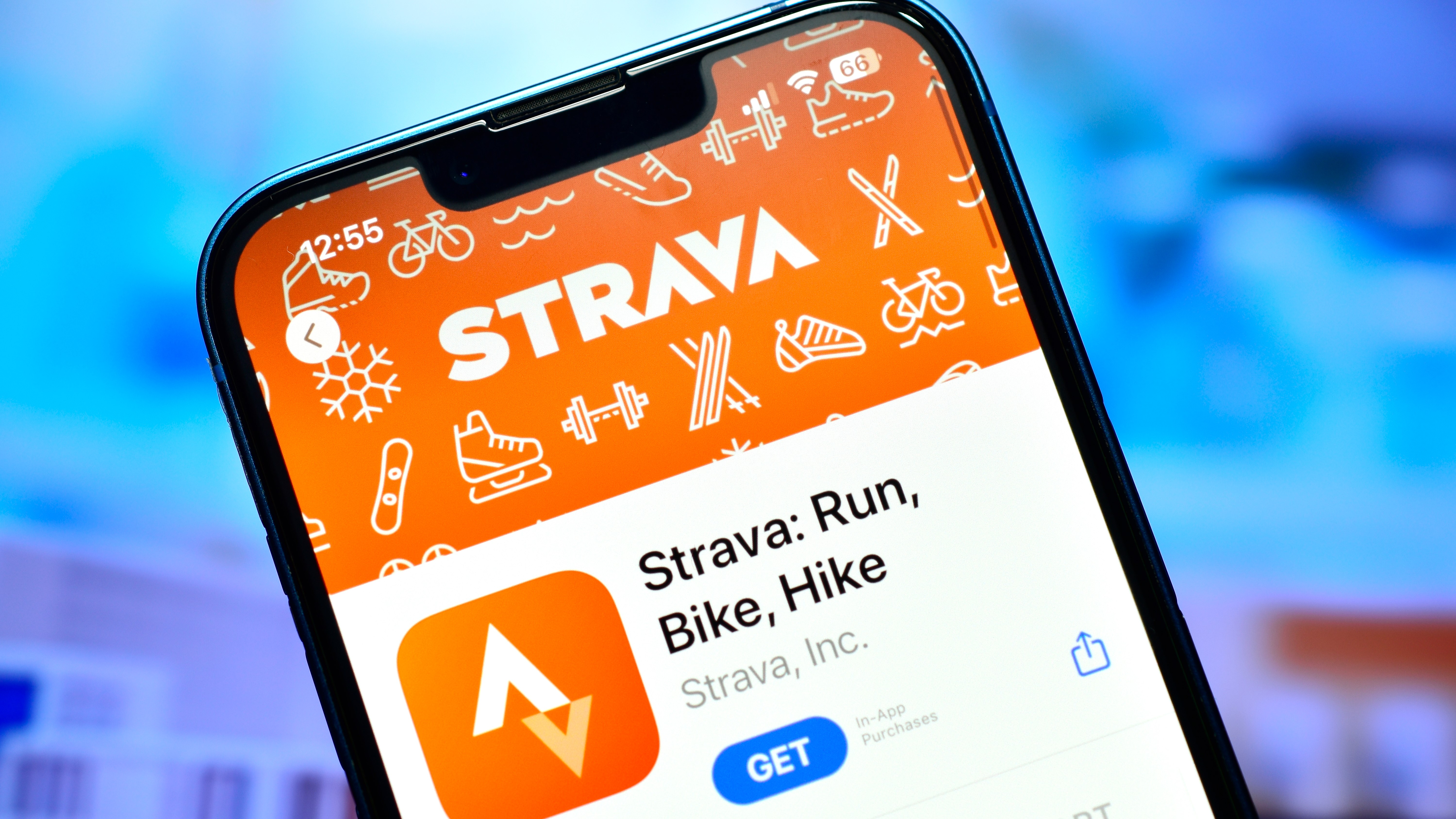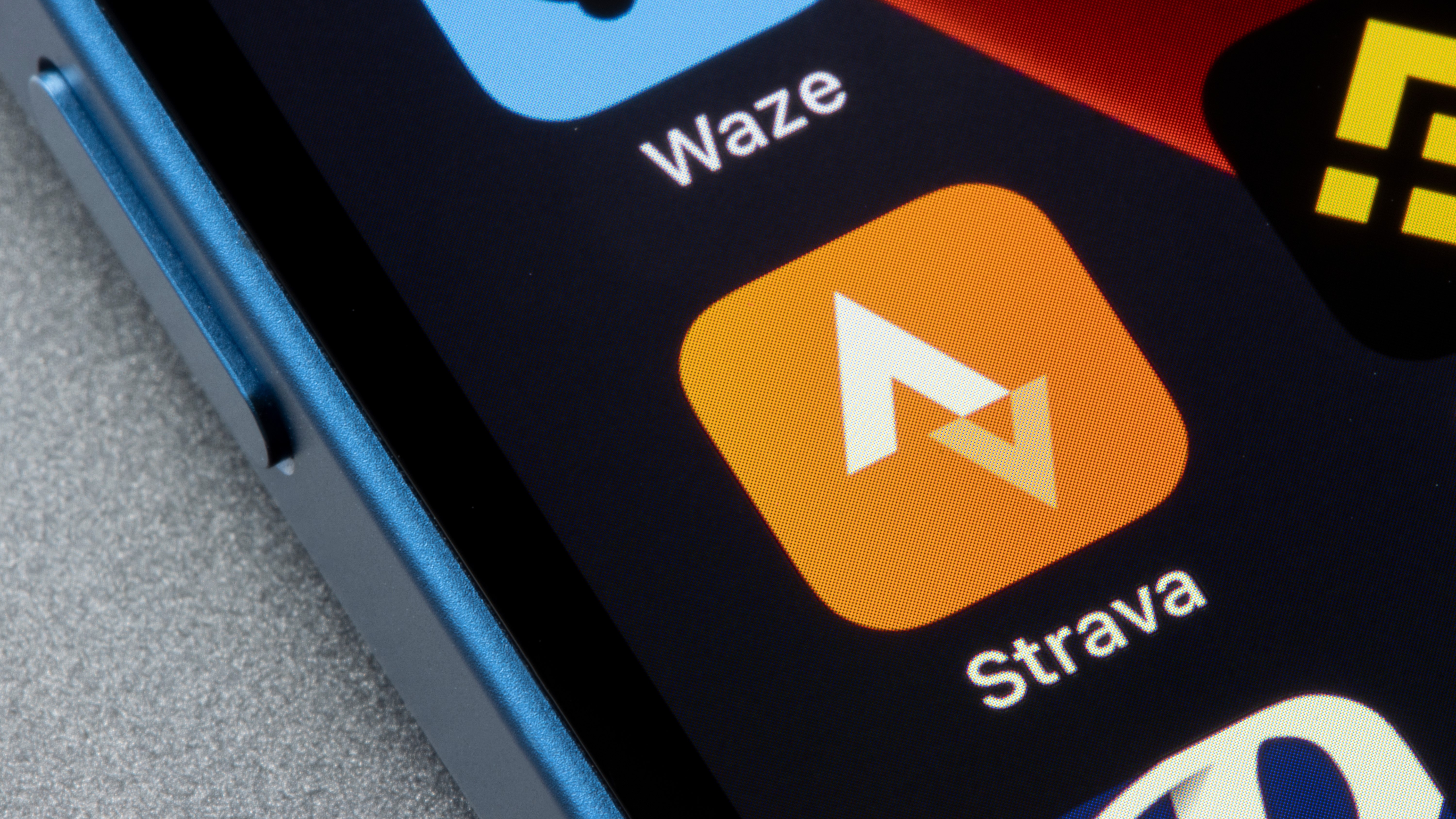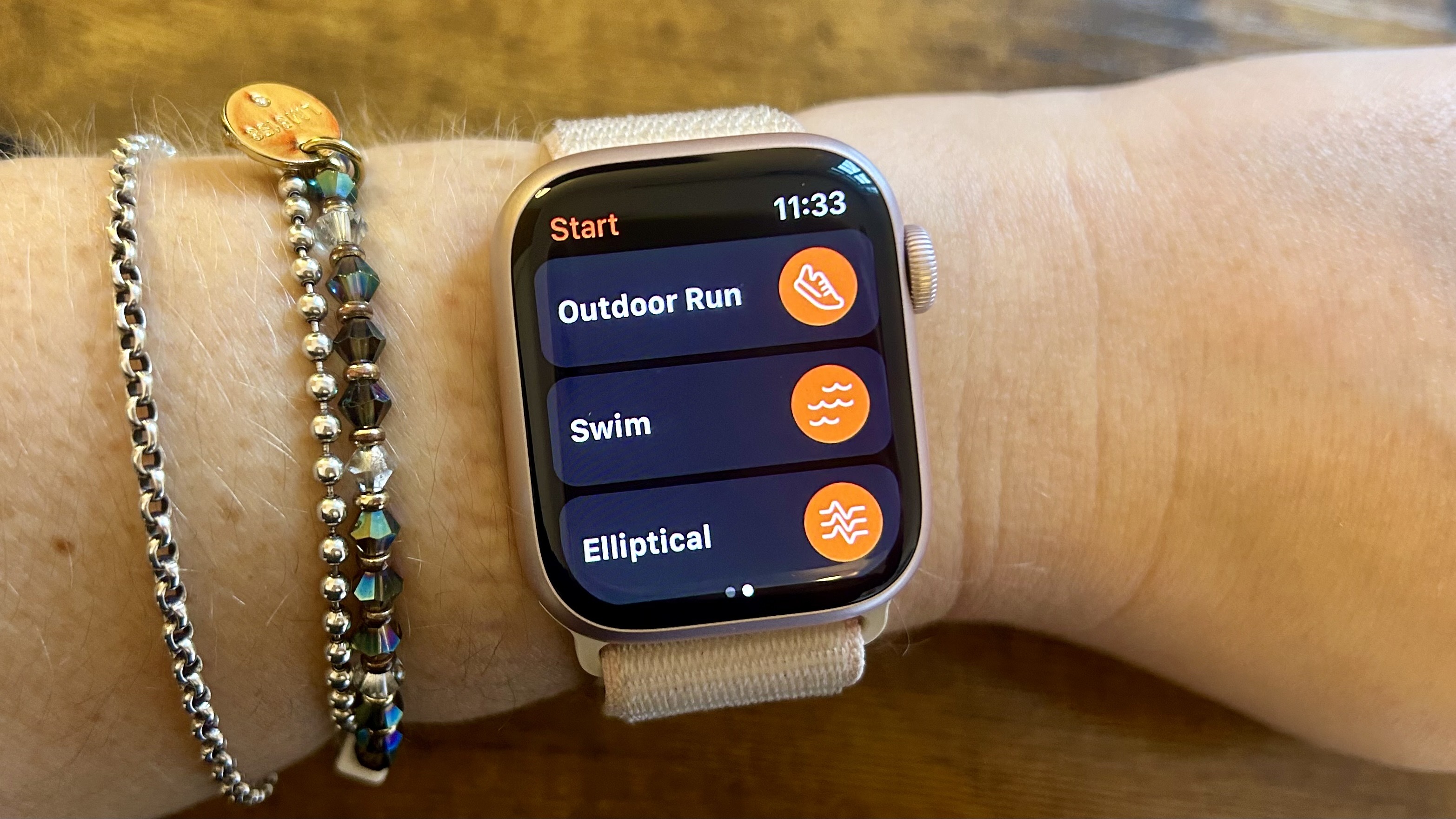
They say that for every grain of sand on the beach, there’s a fitness app in the app store waiting to be downloaded. Not really, but you get the idea: navigating the oversaturated world of workout apps and running apps can almost feel as challenging as the workouts they’re supposed to track.
But among the vast array of options out there, one app in particular stands out, and that’s Strava. But why? For one, Strava is one of the biggest and most used fitness platforms out there, connecting anyone who has an appreciation of all types of fitness and sports — from total beginners to competitive athletes — from around the globe.
If you’re looking to track your fitness without having to buy a dedicated wearable, or you already own a wearable (or several) and want all your fitness data to be collated into one place that you can then share with a community — almost like an Instagram for all things fitness — then Strava is the one for you.
But what exactly is Strava and why should you use it? And if you do decide to jump on board, how do you set up an account? We’re here to help you with those very questions, plus you can read our Strava app review here to find out more.
What exactly is Strava?
If you’ve never heard of Strava before then wow, where have you been? Launched in 2009, the app’s become a favorite tool for athletes and fitness enthusiasts around the world. As of last year, Strava reported having over 100 million users across 195 countries with more than seven billion activities shared on the platform, amounting to 40 million activities uploaded per week.
For those who have no idea what it is, Strava is essentially an app, available on iPhone or Android devices, that transforms your smartphone into a running and cycling computer, tracking all your stats and giving you fresh insights into your workouts, races, or sports performances.
It's compatible with a wide range of existing devices and is used mostly alongside wearables and sports tracking devices. So whether you're using your phone, a GPS smartwatch, a heart rate monitoring chest strap, or a cycling computer, Strava records heaps of different performance metrics and displays it all nicely and concisely in one place for you to review.
But Strava is more than just a tracking tool. As it calls itself, it's “a social network for athletes”. The activities you record go to your Strava feed, where friends and followers can interact, give kudos, and comment on each other's workouts.
Joining Strava is free to sign up but there’s also a paid version of the app, which unlocks even more features (more on that later). Strava subscribers pay $11.99/month or US$79.99/year in the US and £8.99/month or £54.99/year in the UK. This is something you can always consider after using the app for free for a few weeks to see how you get on with it.
Wondering how to set up and log in? Well, that brings us to our next section…

How to set up a Strava account
Setting up a Strava account and logging in is exceptionally easy and shouldn’t take you more than five minutes or so. Here’s how you do it, in just three steps:
Step 1. Download the app
Start by downloading the Strava app, which can be found on both the Apple App Store and Google Play Store. Once downloaded, open the app to begin the setup process.
Step 2. Creating an account:
Upon opening the app, you will be prompted to sign up. As mentioned earlier, you have the option to sign up using your Facebook account, Google account or an email address. If you choose to use an email address, you'll need to provide basic information such as your name, email and create a password. As always, ensure your password is strong and unique for security purposes.
Step 3. Personalizing your profile
After signing up, you’ll need to add some details to your profile. You can add as much or as little as you like and could include adding a profile picture (which helps in making your account more personal and recognizable to friends who may also be on Strava) or other personal information like your location, a short bio about yourself and your preferred sports.
Another thing to note is Strava’s privacy options. Since it tracks your location in real-time, the app offers a slew of privacy settings that allow you to control who sees your activities. You can set activities to be viewed by everyone, only by your followers, or only by you.

Additionally, you can create 'Privacy Zones' around certain locations (like your home or office) to keep these areas hidden on your activity maps. Read more on how to change your Privacy Zones on Strava here.
Now you’re all set up, Strava can be linked with numerous fitness devices and apps, such as Garmin, Fitbit and Apple Watch. To connect a device, go to the 'Settings' section of the Strava app and find the 'Link Other Services' option. Here, you can select the device or app you want to sync with Strava. This integration enables automatic uploading of activities recorded on these devices to your Strava account.
And that’s it, you’re logged in and ready to roll!
Making the most of your Strava account
Once you’re all signed up, there are a few things you should be aware of to make the most of your Strava account.
Recording an activity is central to what the app’s all about and is therefore the feature you’ll probably use the most. To record your activity, be it a jog around the block or a 50km bike ride, simply select the 'Record' option from the bottom menu.
Before starting your activity, ensure your phone’s GPS is turned on. You can choose the type of activity you're about to engage in, such as running, cycling or hiking. Press 'Start' to begin recording, and 'Finish' when you're done. Strava will display data like duration, distance, pace, and a map of your route.
There are also a bunch of other features in the app that help it stand out in a crowded market. In terms of exploration and competition, Strava stands out with its “Segments” feature. While not all of this feature is available to non-Summit subscribers, the limited, free version is still worth a punt. To put it simply, Segments refers to specific sections of a road or trail that athletes have added to Strava’s database to create a global leaderboard where they can compete for the fastest time.
Using the Strava app, you can explore nearby or popular Segments in your area and by attempting to set a personal record on them, it can add a fun yet competitive edge to your workouts.
Patrick Stephenson, professional golfer, fitness instructor and senior contributor at Weekend Golf, uses this function often and explains how useful it can be when playing golf.
“Through its segments feature, I found new courses worth checking out and some fresh routes for training too,” Stephenson says. “But maybe most valuable is how it helps prevent injuries from overdoing it. Monitoring my workload with Strava, helped me structure better schedules for practicing that were more effective yet sustainable, which is something I stress with my students now too.
“Overall, Strava creates an intuitive system for self-evaluation. Whether you play competitively or just want to stay active, its tools motivate you to reach your goals. Don't be afraid to ease into it slowly too, consistency is key.”

The app also boasts the world's largest network of routes and trails. If a path has been run or ridden, it's likely on Strava. If you’re signed up to a subscription, you can create your own routes or explore routes made by others. And for navigation, these routes can be uploaded to your phone or GPS device. These also feature heatmaps, which offer insights into the most popular routes in any given area, making it easier to find new places to explore.
However, probably the best thing about Strava is the access it will give you to like-minded communities, both locally and around the world. The app cleverly hosts various virtual clubs and challenges, which many find to be rather motivating as they help you stay more engaged and on track with your fitness goals. Within the app’s “Explore” section, you can join clubs based on location, interests or affiliations, and take part in challenges that push your limits in running, cycling, or whatever other activity floats your boat.







